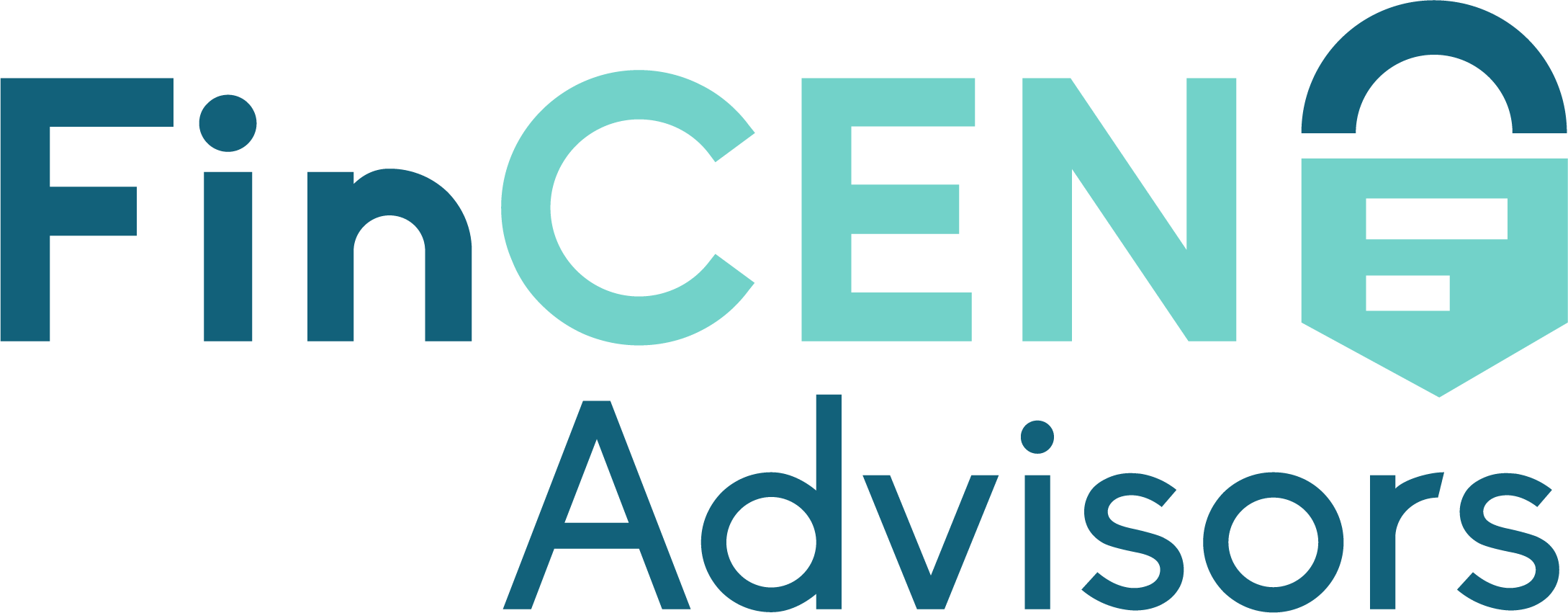Regulatory compliance is a continuous business concern. Learn how to create an adaptable compliance plan to address evolving laws and regulations, like the new FinCEN reporting requirements.
Key takeaways:
- Step one is understanding your specific compliance responsibilities and why they matter.
- Then, develop your plan:
- Conduct a risk assessment
- Develop policies and procedures
- Implement monitoring and reporting mechanisms
- Designate a compliance officer
- Regularly update and review
- Align the plan to business goals and operations
Compliance: one word that can create an instant headache for business leaders. Organizations struggle to maintain regulatory compliance, especially when requirements are constantly evolving. However, complying with and understanding financial, data, employment, and tax laws is critical to avoid unintentional non-compliance, penalties, fines, and reputational damage.
New requirements under the Corporate Transparency Act (CTA) started on January 1, 2024, and businesses must now report beneficial ownership information to the Financial Crimes Enforcement Network (FinCEN). Those who fail to comply with the deadlines will face potential civil and criminal penalties. This is one recent example of why keeping up with evolving laws and ensuring ongoing compliance are critical.
This article provides strategies for maintaining ongoing compliance with new requirements, helping you minimize risks and meet legal requirements.
Understand your compliance responsibilities.
The first step in maintaining ongoing compliance is understanding your specific obligations. It would be best to stay informed about all laws and regulations impacting you and your industry. Here are a few methods to follow:
- Closely follow the news about new laws and regulations related to U.S. businesses.
- Remember that laws are amended regularly, so pay attention to upcoming changes on the docket and when they go into effect.
- Regularly read reputable news and governmental sources, like FinCEN, to check for updates and get help breaking down the laws.
- Talk to a financial or legal expert about what laws mean for your business and how to comply.
Recognizing and comprehending regulatory compliance requirements is the first key component of a strategy for ongoing compliance. With this foundation, you can continue to understand why changes are being made and set up timelines and procedures to follow.
Develop a compliance plan.
Creating a comprehensive compliance plan will help you ensure legal adherence, minimize risks, and foster a culture of ethical conduct in the business. Here’s a quick guide to help you formulate an effective strategy:
1. Conduct a risk assessment
Perform a thorough risk assessment to identify your organization’s potential compliance risks and vulnerabilities. This should involve a detailed analysis of operational processes, data handling, and stakeholder interactions. Categorize risks based on their impact and likelihood, allowing you to prioritize efforts where they’re needed most.
2. Develop policies and procedures
Draft clear policies and procedures based on the identified regulatory requirements and risks. Ensure that these documents are easily accessible to employees and regularly updated to reflect any changes in the regulatory environment. Communicate these policies effectively throughout the organization and provide training to employees.
3. Implement monitoring and reporting mechanisms
Establish robust monitoring mechanisms to assess compliance with established policies continuously. This may involve regular audits, internal controls, and technology to track and report compliance-related activities. Encourage employees to report potential violations through a confidential reporting system and implement a process for investigation and resolution.
4. Designate a compliance officer
Appoint a dedicated compliance officer or team to oversee and enforce the compliance plan. This individual or team should thoroughly understand regulatory requirements and be empowered to recommend improvements and corrective actions.
5. Regularly update and review
Regulatory environments and business landscapes are constantly changing, so reviewing and updating your compliance plan is crucial. Conduct periodic assessments, reassess risks, and modify policies and procedures accordingly. Stay informed about changes in regulations and industry best practices to ensure that your compliance plan remains practical and current.
6. Align the plan to business goals and operations
Every company will have its own goals, values, and workflow structures. Considering how your compliance strategy will fit into existing operations and processes is essential. This requires assigning tasks to the right team members, clarifying roles and expectations, and explaining how the plan integrates with existing systems.
Staying agile and adapting to regulatory changes
Once your compliance plan is in place, the work isn’t done. Aside from regular reviews and adjustments, you’ll need to stay adaptable. Sometimes, changes are implemented quickly, so new timelines must be met for submitting information or changing a company policy.
This means that when implementing your policies, remember they must be flexible. The plan needs to be able to evolve with the dynamic legal compliance landscape. The government regularly passes new laws and amendments, many of which are meant to help businesses with common challenges or address problems.
For example, the CTA was created to boost transparency. Beneficial ownership reporting wasn’t previously required, and that lack of transparency led to obscure business structures. This obscurity could easily cover up crimes like money laundering, tax fraud, or terrorism.
FinCEN now wants to combat these crimes by requiring reporting companies to provide the personal details of all beneficial owners—those who own at least 25% of company interests or exercise substantial control over the business.
Understanding the reasoning behind requirements can help you comply. Remember to adapt to whatever comes next in the regulatory landscape.
Maintain ongoing compliance with the right plan.
Staying proactive with compliance is a must. You need a robust, comprehensive plan to comply with new laws like the Corporate Transparency Act to avoid the risk of non-compliance, like significant fines and penalties.
Maintaining business compliance and integrity is straightforward when working with the right advisors. At FinCEN Advisors, our team helps you prepare for success when complying with the new requirements under the CTA. We break down requirements so you don’t struggle to understand them.
Reach out to FinCEN Advisors today to learn more.









